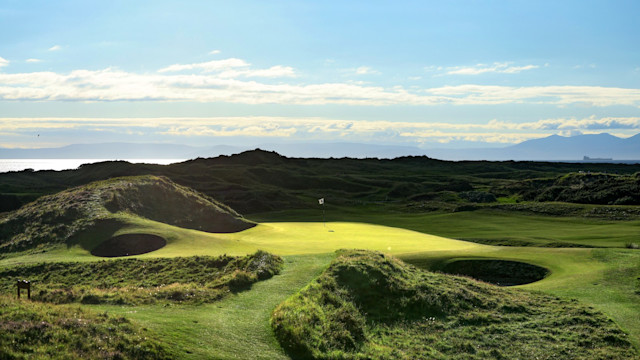quick coaching
Four Tips to Play Better Links Golf
By Brendon Elliott, PGA
Published on

The Open Championship provides the most unique test of any of the majors. It's just a different kind of golf, especially when the weather becomes a factor . . . and we've seen that at Royal Troon.
Playing golf on links-style layouts requires a different approach than traditional parkland courses. Here's a couple things to remember before you make the trip overseas to some of the best courses in the world:
Embrace the ground game
One of the most critical aspects of mastering links golf is understanding and using the terrain to your advantage, especially when wind is a factor. The ground game in golf, which involves hitting lower shots and utilizing the natural features of the course, is not just crucial, but it puts you in control of your game on links-style layouts.
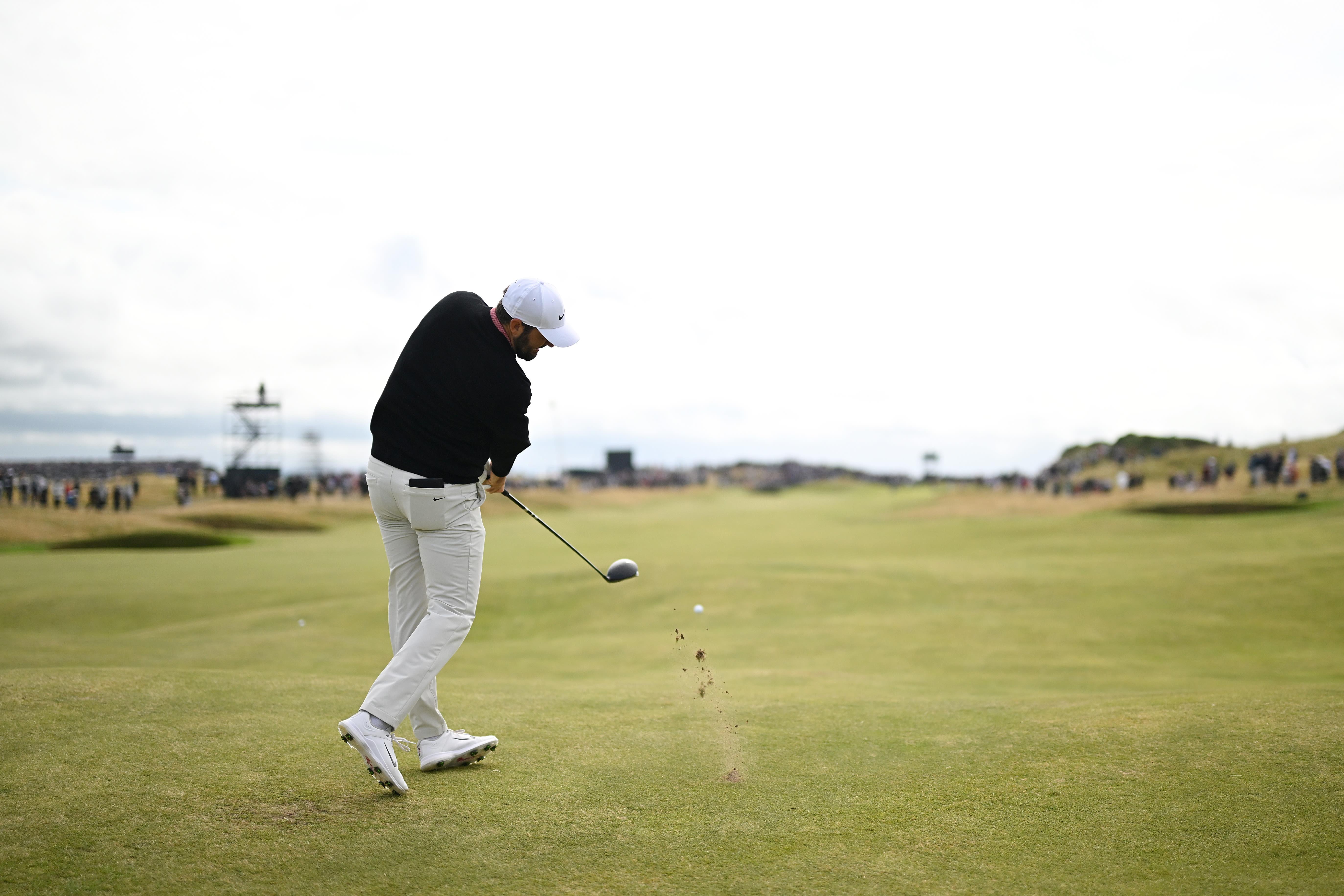
Scottie Scheffler. (Getty Images)
Instead of always opting for high-flying shots, consider utilizing woods and long irons on tee shots, as well as bump-and-run shots or low chip-and-run shots to navigate the undulating terrain. Keeping the ball close to the ground can offer better control and predictability, especially in windy conditions.
Practice bump-and-run shots
Based on that first tip, you'll need to spend time practicing bump-and-run shots from various lies and angles. Mastering the art of playing low, controlled shots along the ground requires patience and dedication, but it will prove beneficial when navigating the unique challenges of links-style courses.
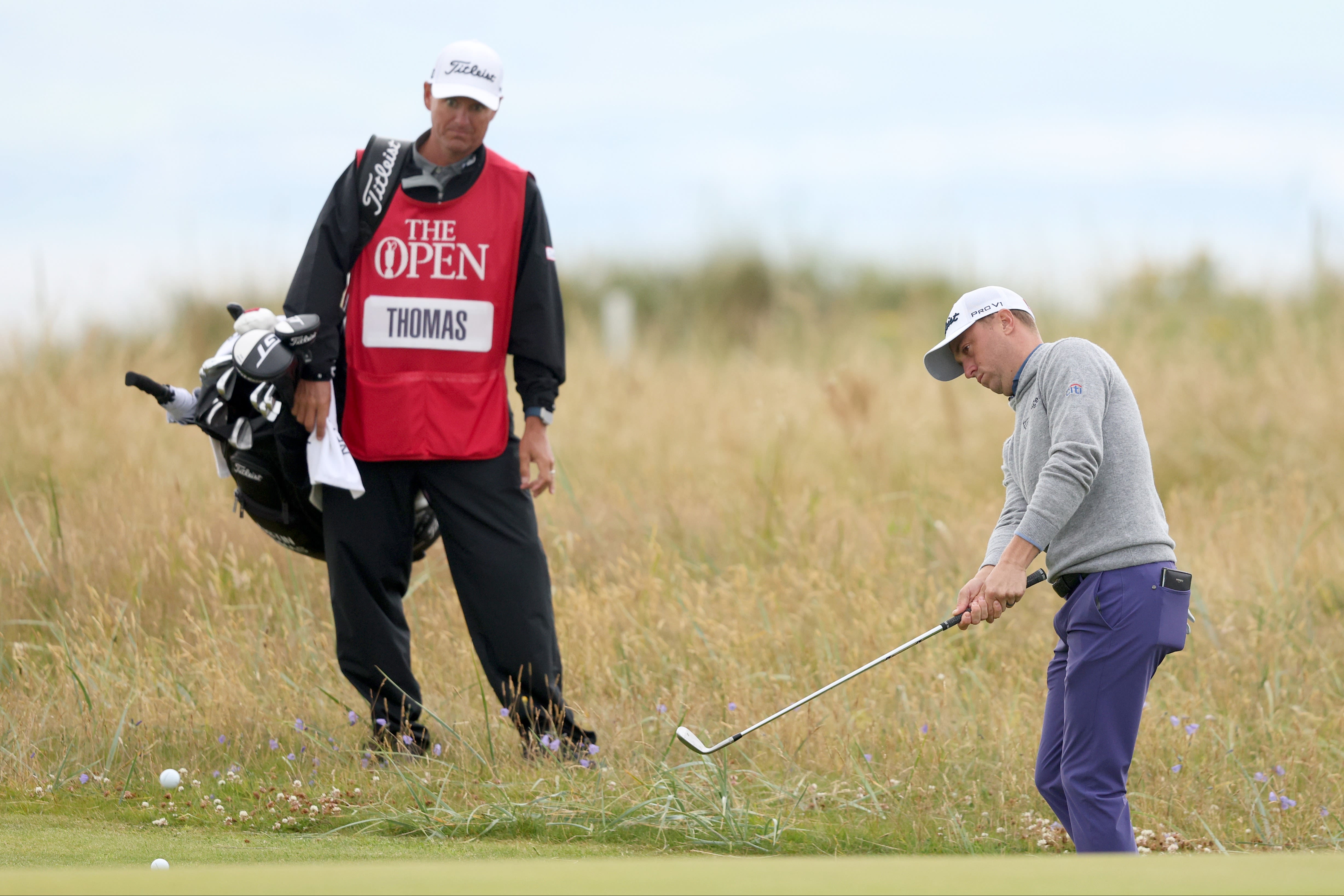
Test different irons and clubs to figure out what's most comfortable for you. Shorter irons will give you more spin and loft, longer irons will come out impact with more pace and lower. It's good to settle on a few irons so you're ready for different shots. Think about using a 5, 7 and 9-iron as your base bump-and-run shot clubs.
Find a Coach
Take the next step in your golf journey by connecting with a PGA Coach in your area.
Pay attention to the wind
When faced with windy conditions on a links course, the ability to keep the ball flight lower can be a valuable asset. Lower shots are less affected by the wind, allowing for more control and accuracy.
To achieve a lower ball flight, golfers can make a few adjustments to their setup and swing. One effective strategy is to play the ball slightly further back in the stance and to maintain a more stable lower body throughout the swing. This helps to de-loft the club at impact, resulting in a lower trajectory.
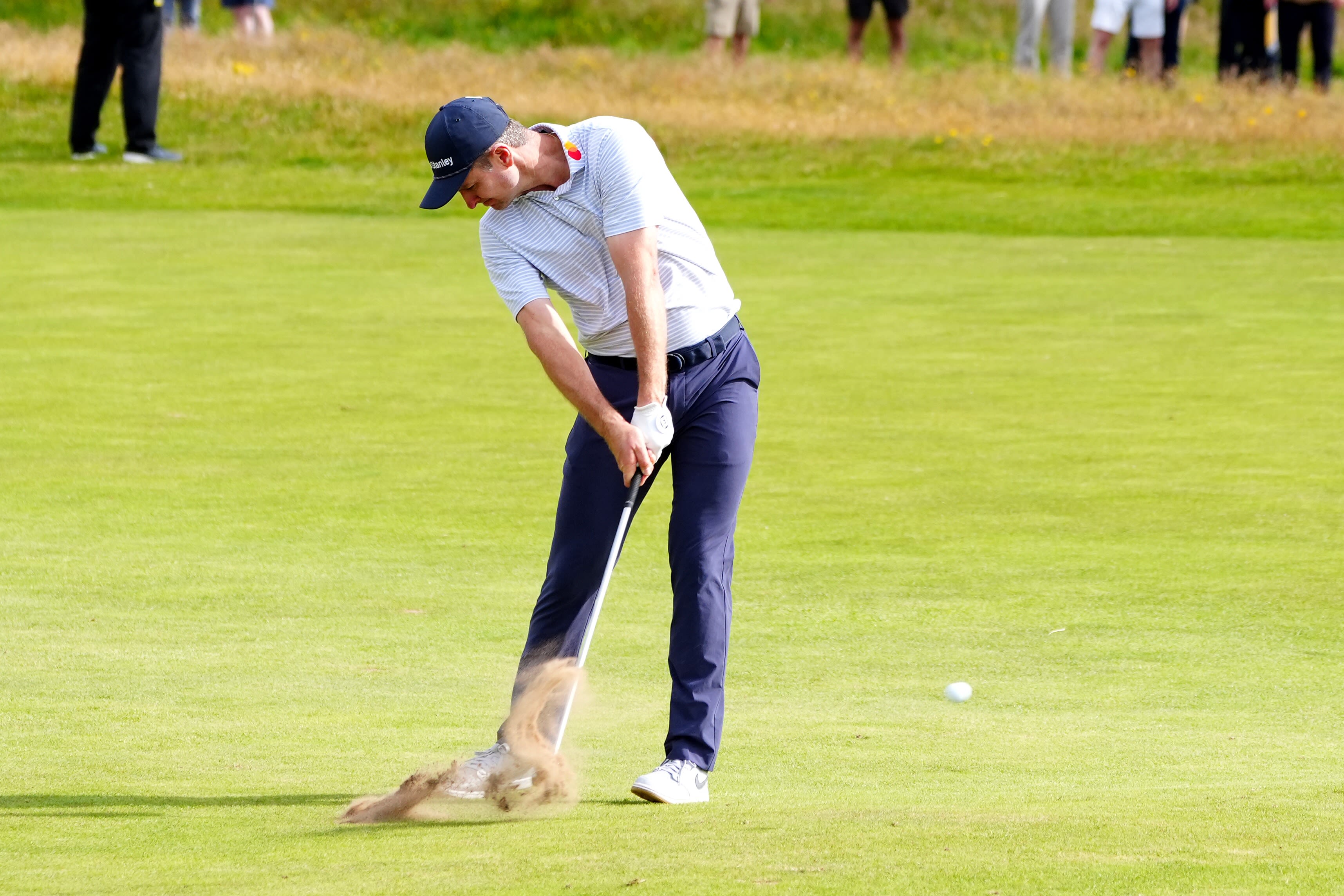
Links courses are often exposed to strong winds, which can significantly impact ball flight. Keep a keen eye on the wind direction and speed, and make adjustments to your shot selection and swing technique accordingly. Lower ball flights and strategic use of the terrain can help mitigate the effects of the wind.
Leverage natural contours
Understanding how to use the terrain on a links course is absolutely essential. Links courses are characterized by undulating fairways, firm turf, and unpredictable bounces. Golfers need to adapt their approach to these natural features by incorporating the ground game into their strategy.
Instead of relying solely on aerial shots, golfers can utilize the firm turf to run the ball along the ground, taking advantage of the natural contours and slopes to guide the ball toward the target. Links courses feature natural mounds, swales, and hollows that can be used to guide the ball toward the target.
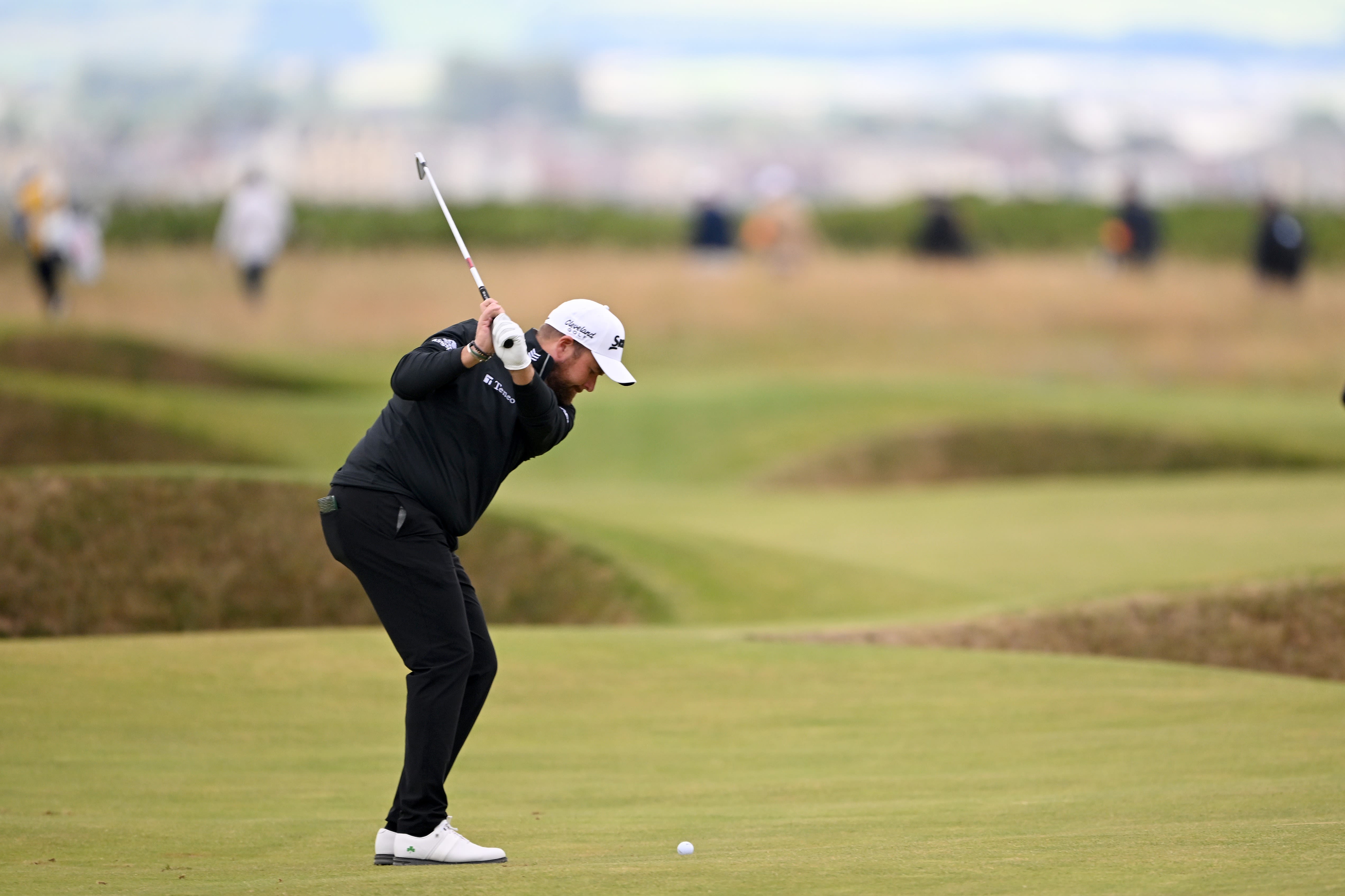
Instead of aiming directly at the flag, consider playing shots to specific areas that allow the natural contours to redirect the ball closer to the hole.
Brendon Elliott is a PGA Coach in the Orlando area. Check out his profile here, or find a coach near you.


